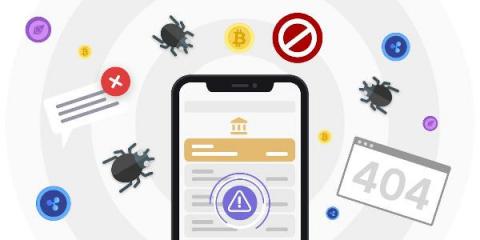How Blockchain is Solving the Pain Points in the Payments Sector
Digital security has always been an issue for payment organizations and their customers. Transparent and immediate payment is the basic need. To enhance and popularize digital payments and be more customer-focused, payments need to be made easy, fast, and highly secure. Blockchain technology has come up with the solution which addresses the payment security needs, transaction transparency and boosts the overall efficiency of financial transactions.








